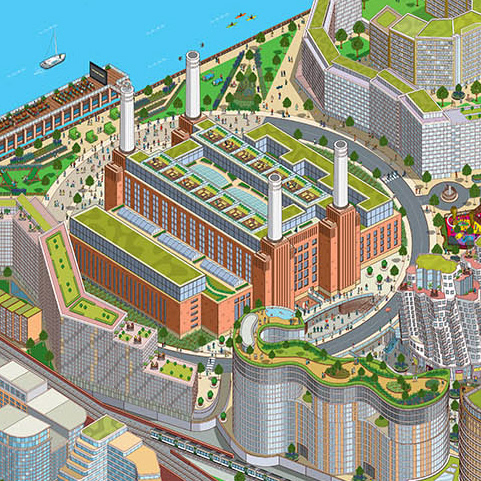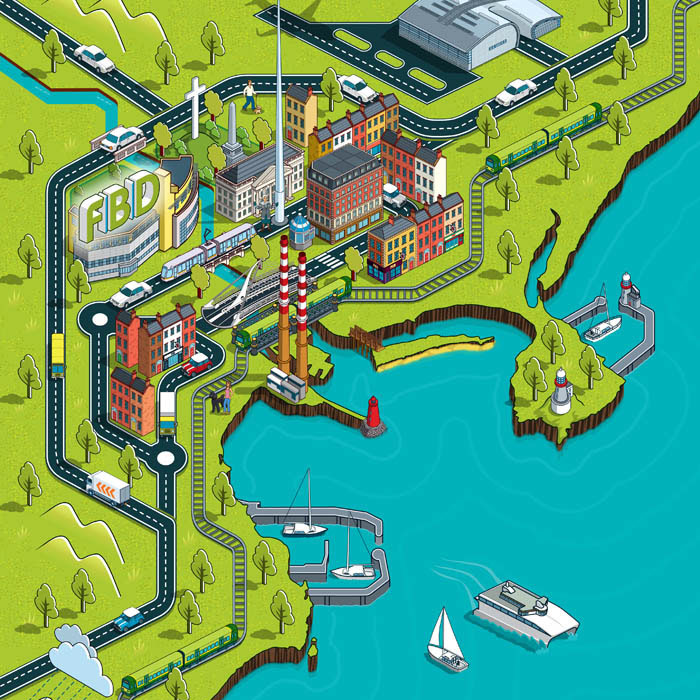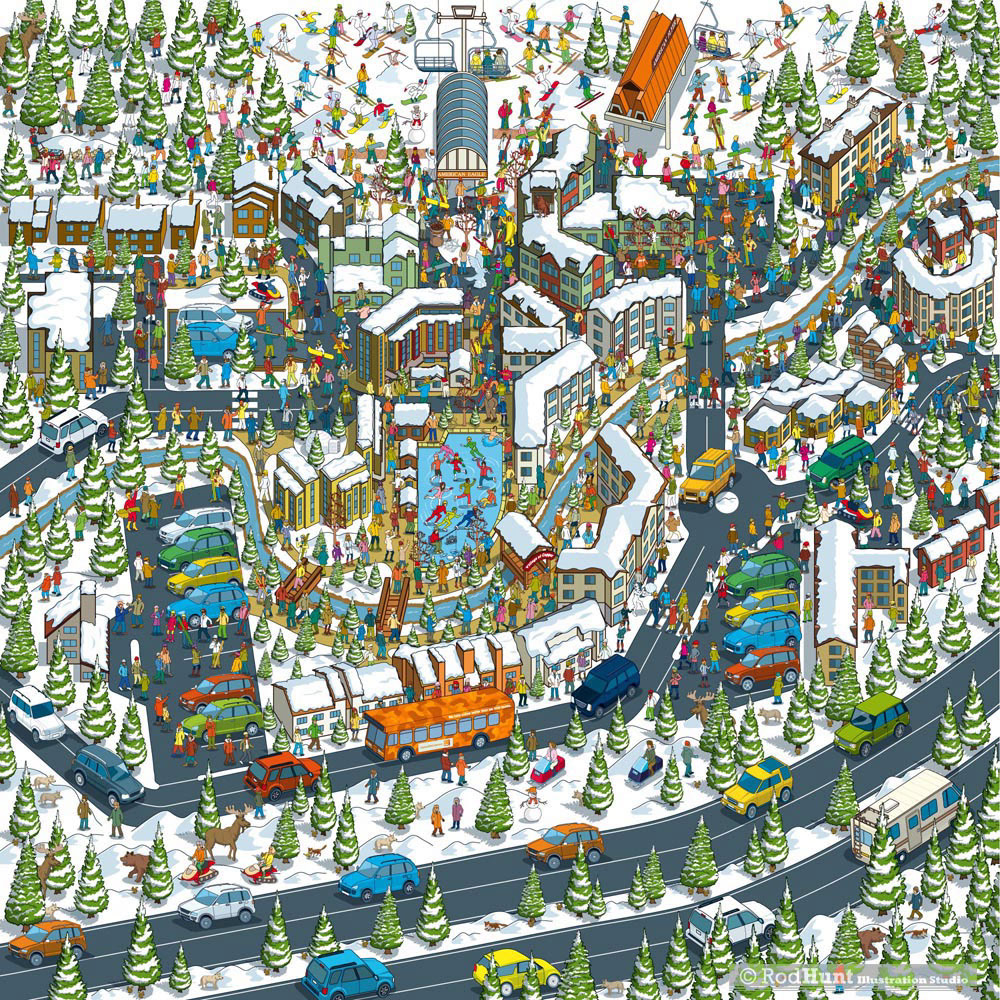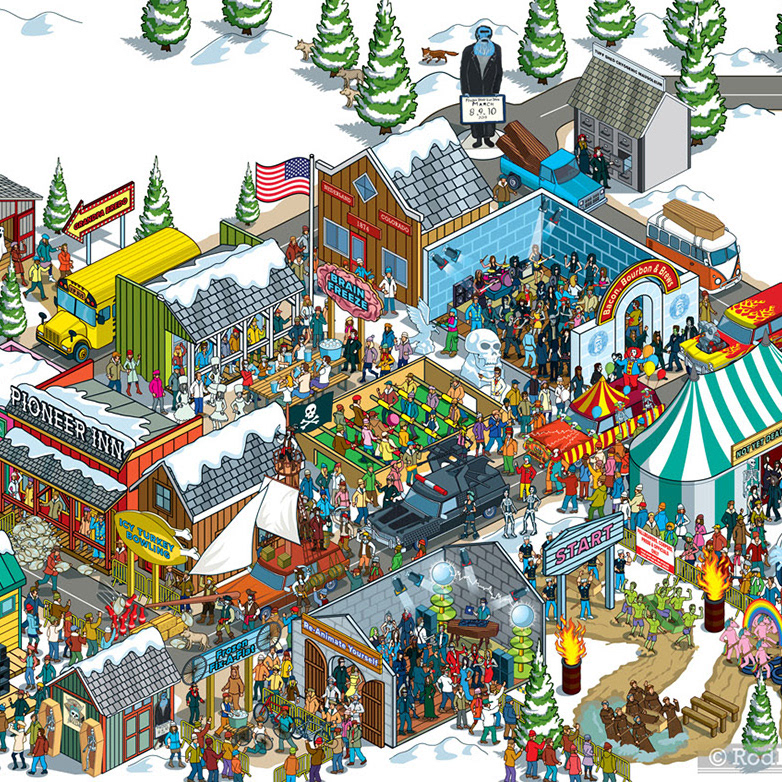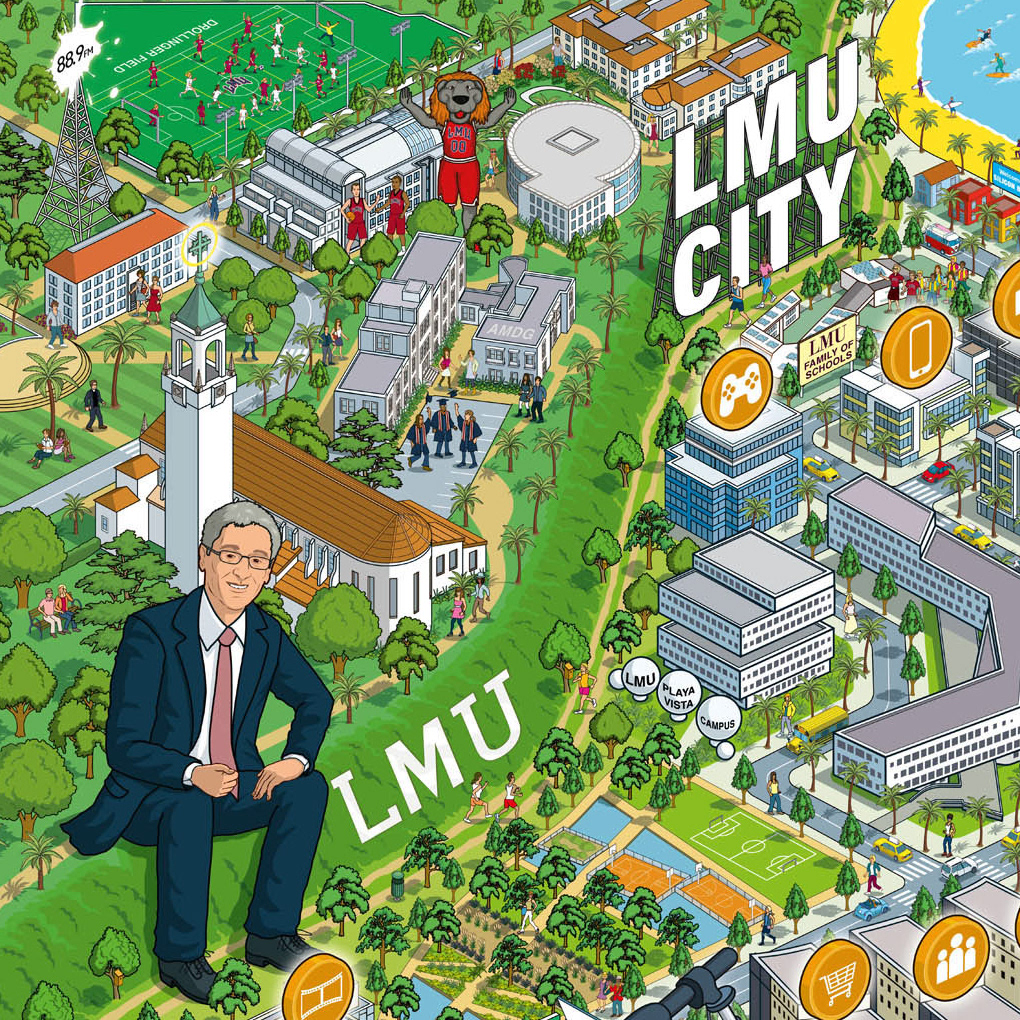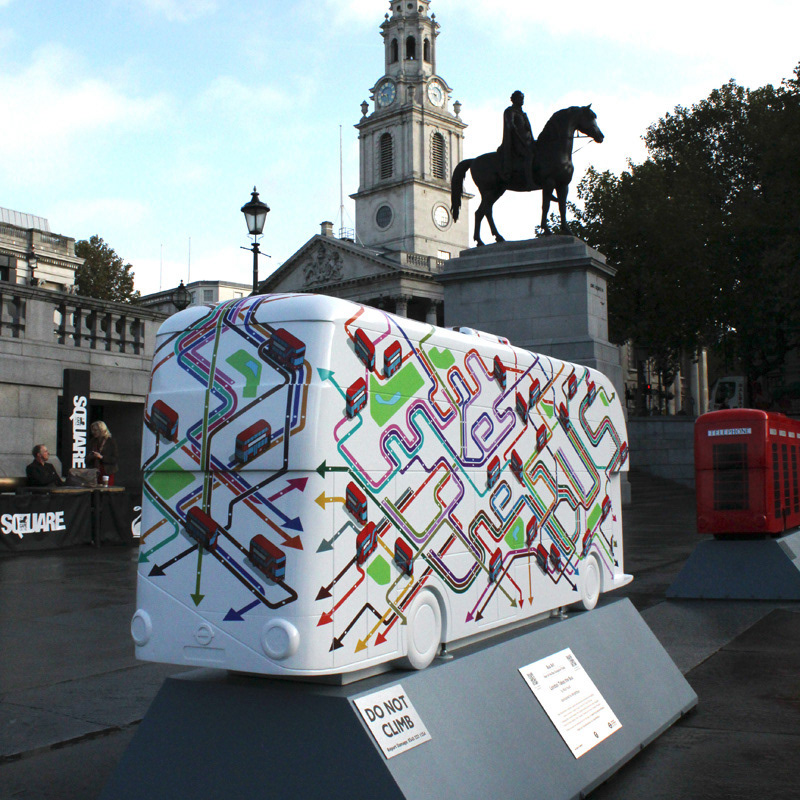Located in the heart of New Delhi, the Nizamuddin Area comprises the World Heritage Site of Humayun’s Tomb, the vibrant seven centuries old settlement of Hazrat Nizamuddin Basti and its surrounding areas of 70 acre Sunder Nursery, in addition to the 16th century Batashewala Tomb-Garden Complex, tomb of 16th century courtier poet Khan I Khanan ‘Rahim’, and the Mughal- period caravanserai of Azimganj Serai. The Urban Renewal project has successfully unified these segregated zones of the conservation area into an urban historic district of considerable cultural significance. The project has successfully integrated Conservation, socio-economic development and environmental development objectives, and unified the three segregated sites of Humayun’s Tomb – Sundar Nursery – Hazrat Nizamuddin Basti into a cultural district for the city of New Delhi.
Humayun’s garden-tomb is built on a monumental scale, with no precedence in the Islamic world. The garden-tomb truly represents Mughal innovation with its monumental scale, and its garden setting representing the Quranic ideal. The monumental scale achieved here was to become the characteristic of Mughal imperial projects, culminating in the construction of the Taj Mahal. Within the complex also stand seven Mughal era garden-tombs which together form a unique ensemble of 16th century garden-tombs.
Nizamuddin Basti is one of the densest ensembles of medieval Islamic buildings in India, inhabited by a vibrant local community with 700 years of living culture. The area is being visited by millions of tourists and pilgrims each year.
Sunder Nursery is in the heart of the city of Delhi. It occupies an area of 90 acres and hase 20 heritage structures, of which six are UNESCO World Heritage monuments. Parts of the complex stand within the buffer zone of Humayun’s Tomb World Heritage Site. Conservation of the 15 monuments that stand within the Park and have also undergone the same careful conservation by the Aga Khan Trust for Culture (AKTC)r as Humayun’s Tomb.

